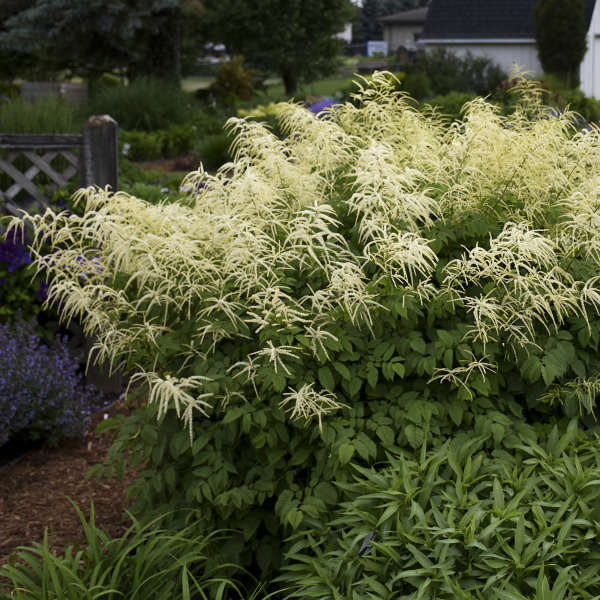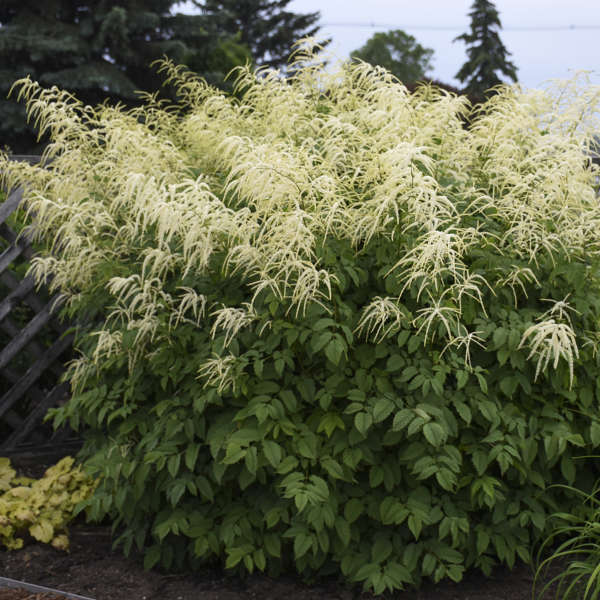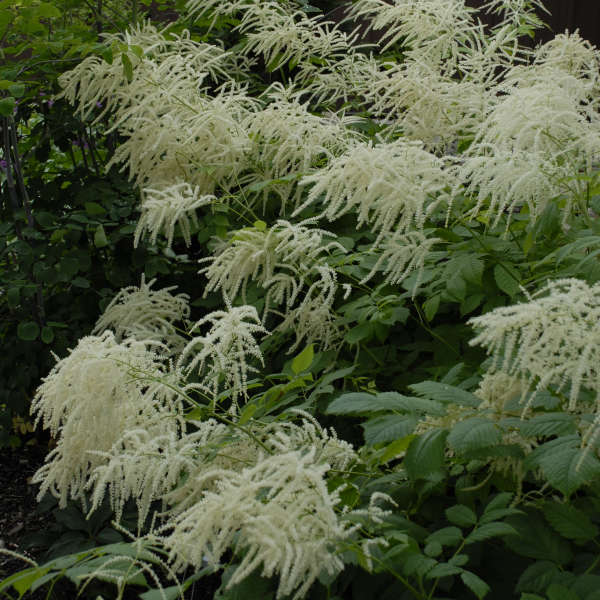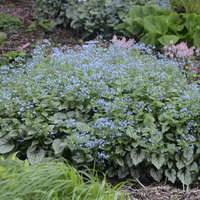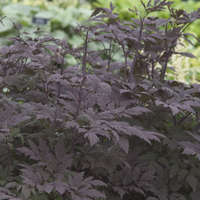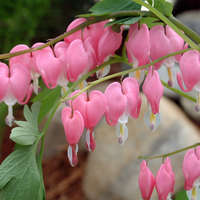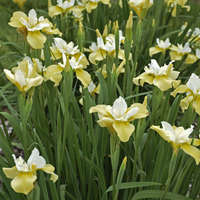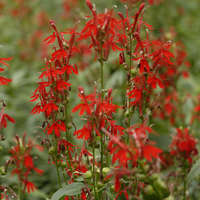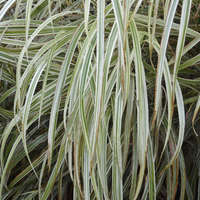Aruncus dioicus
Common Name: Goat's Beard
An outstanding specimen plant for the partially shaded garden. Looking much like a very large white Astilbe, Goat's Beard has similar foliage and feathery, creamy white flower plumes up to 1' long.
Though Aruncus tends to be a slow-grower the first couple of seasons, once it is established it puts on a fabulous show year after year. Make sure it has plenty of room to grow when you first plant it; transplanting this species is a very difficult task. This species is native to North America.
30ct Plug Tray |
